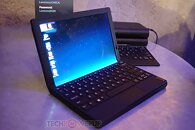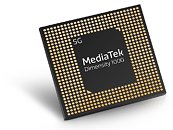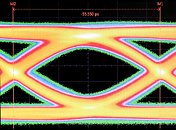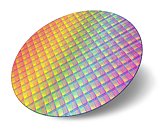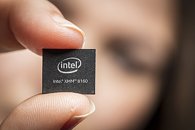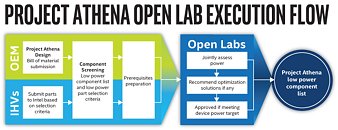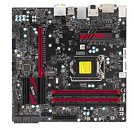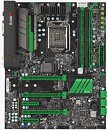In recent conversations with Intel customers, two words kept coming up: disruption and opportunity. Disruption because almost every single executive I talk with has seen business disrupted in one way or another or is worried about keeping up with new technology trends and keeping a competitive edge. And opportunity because when these customers discuss their needs -- be it how to better leverage data, how to modernize their infrastructure for 5G or how to accelerate artificial intelligence (AI) and analytics workloads -- they realize the massive prospects in front of them.
To help our customers capitalize on the opportunities ahead, Intel has created a new organization that combines our network infrastructure organization with our programmable solutions organization under my leadership. This new organization is called the Network and Custom Logic Group.
Both original organizations executed on record design wins and revenues in 2018. Their merger allows Intel to bring maximum value to our customers by delivering unprecedented and seamless access to Intel's broad portfolio of products, from Intel Xeon processors SoC, FPGA, eASIC, full-custom ASIC, software, IP, and systems and solutions across the cloud, enterprise, network, embedded and IoT markets. To that end, FPGA and custom silicon will continue to be important horizontal technologies. And this is just the beginning of a continuum of Custom Logic Portfolio of FPGA, eASIC, and ASIC to support our customers' unique needs throughout their life cycles. No other company in the world can offer that.





